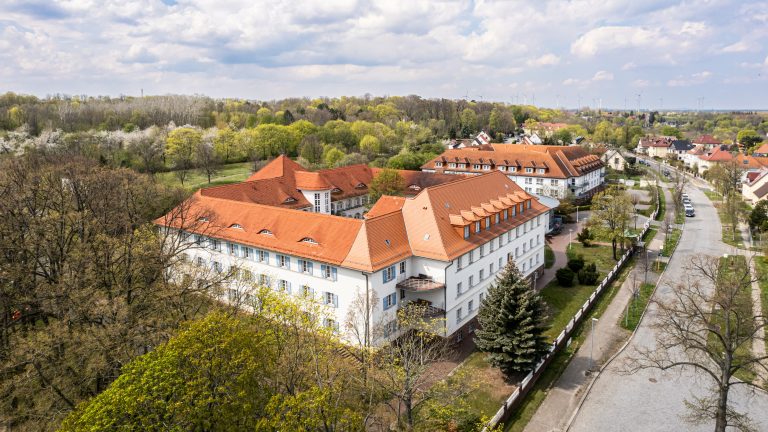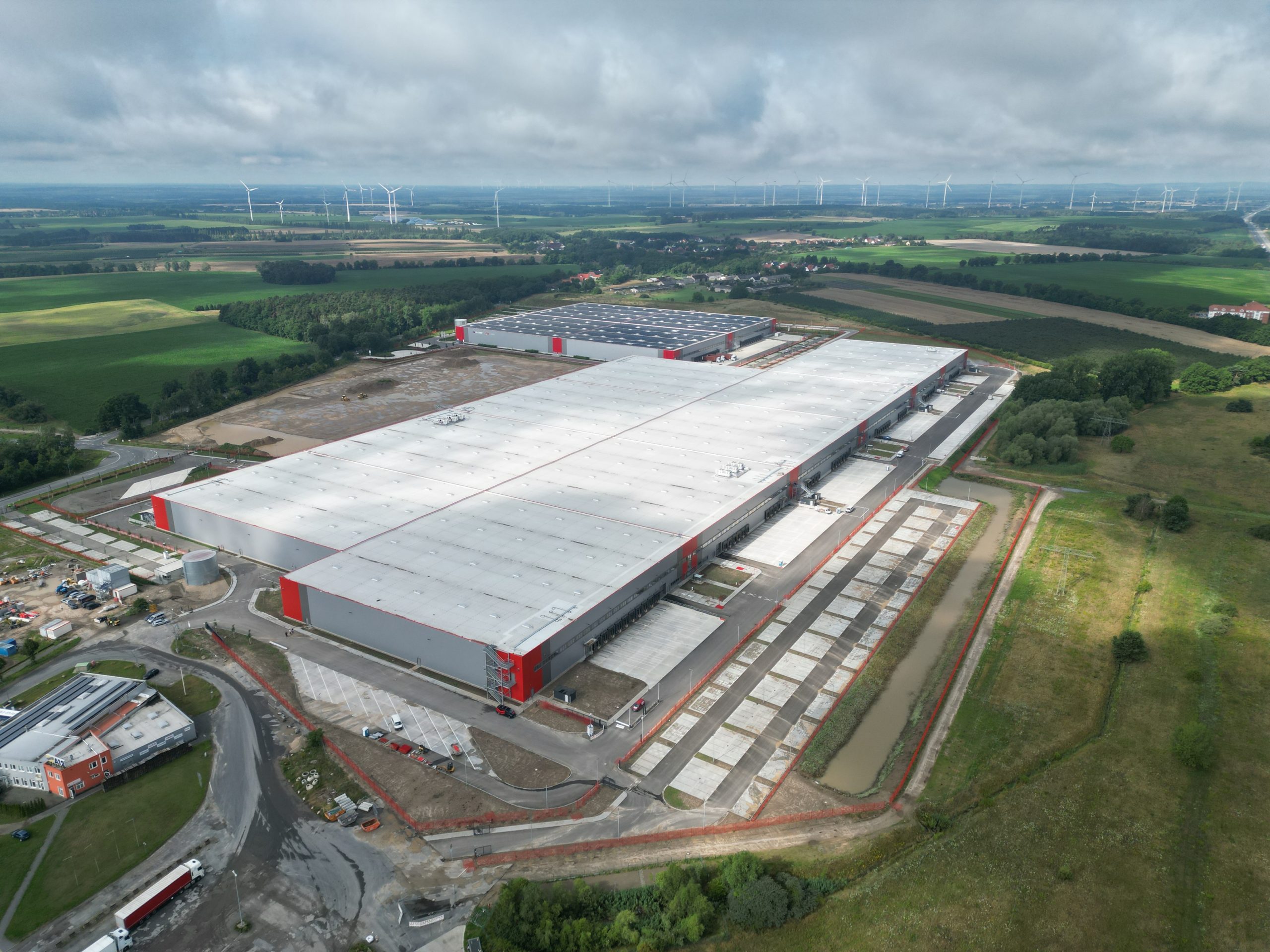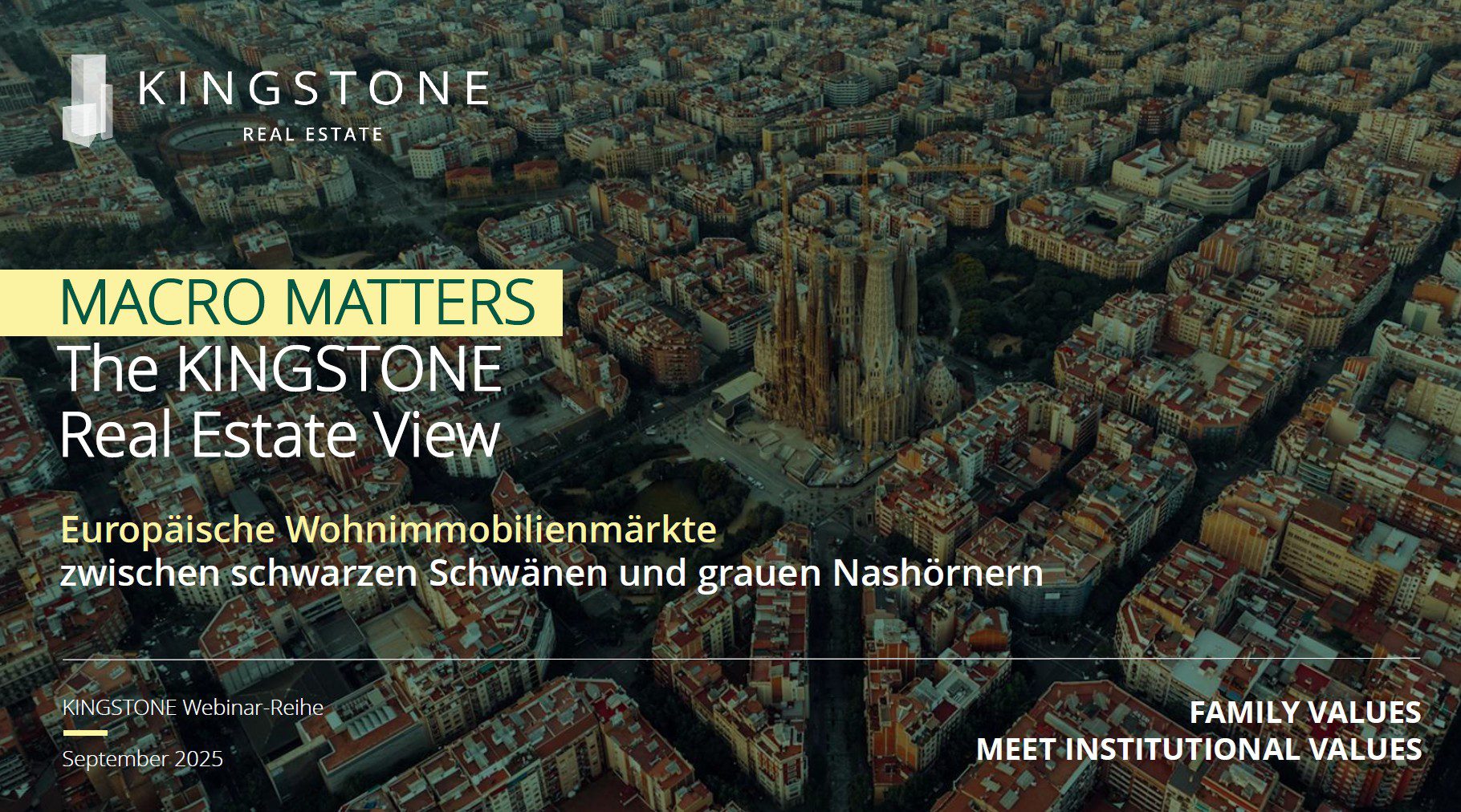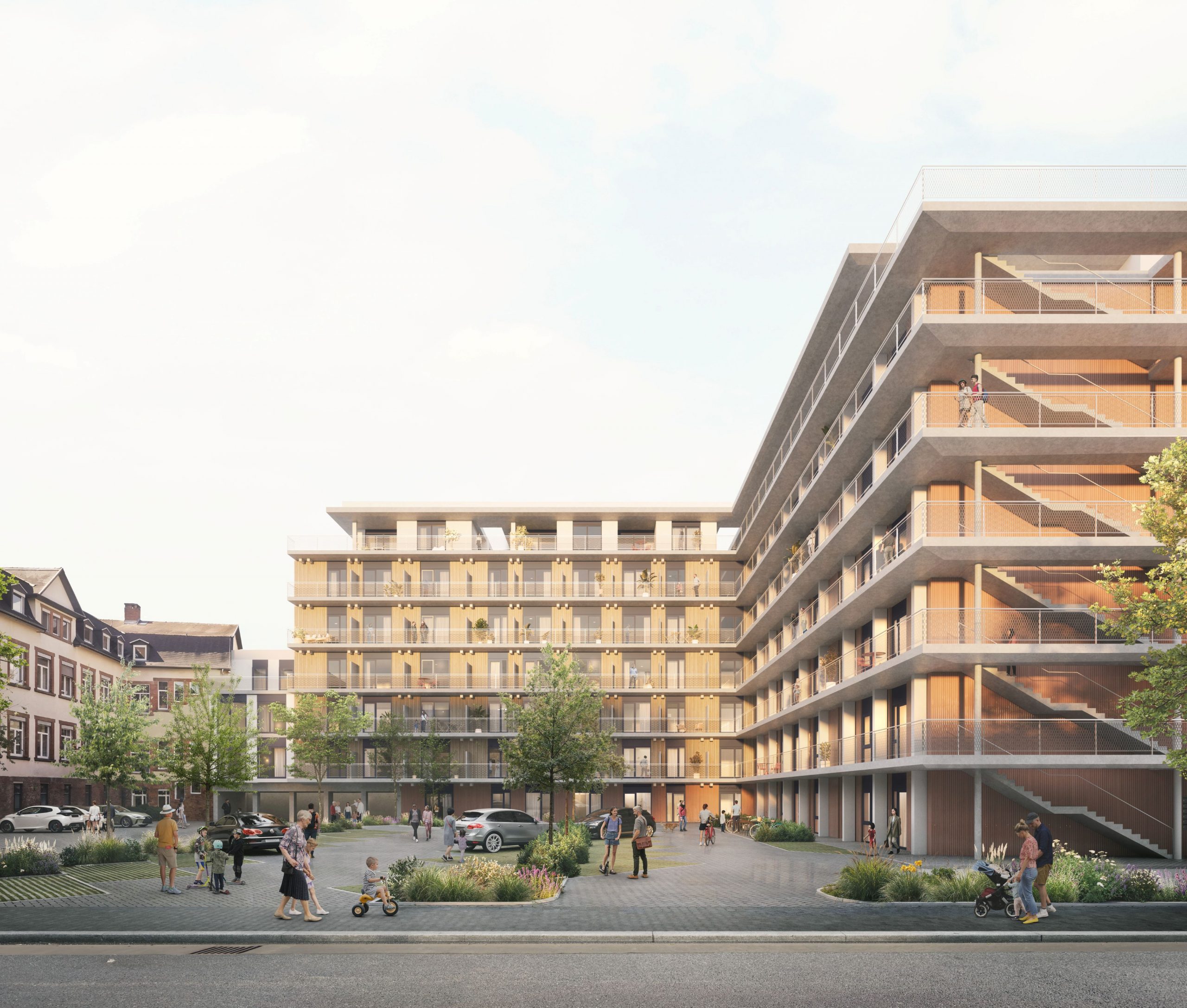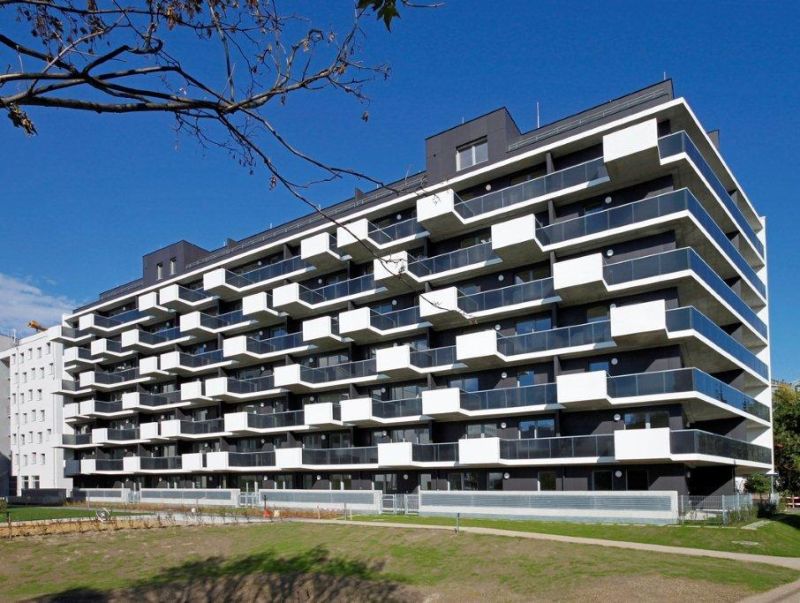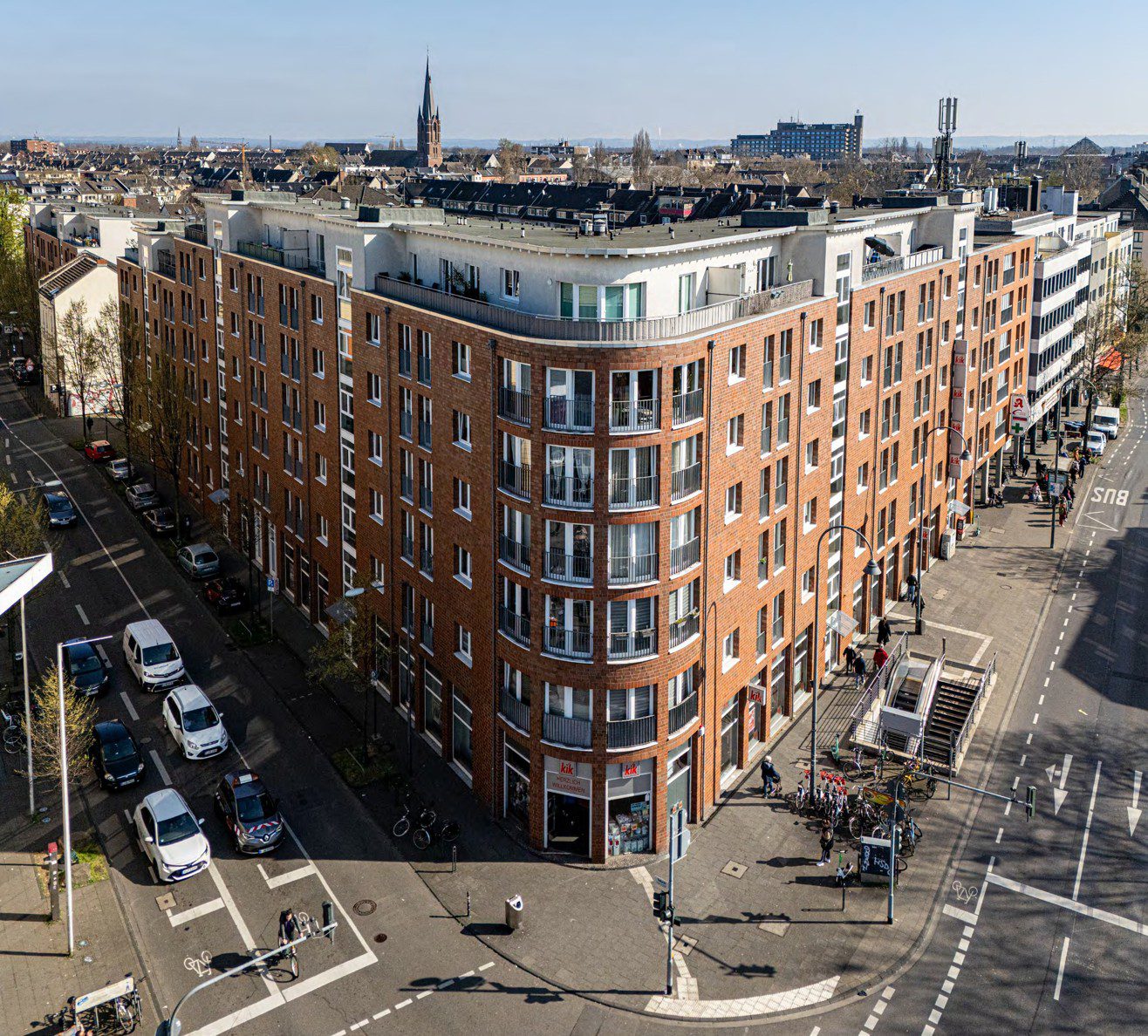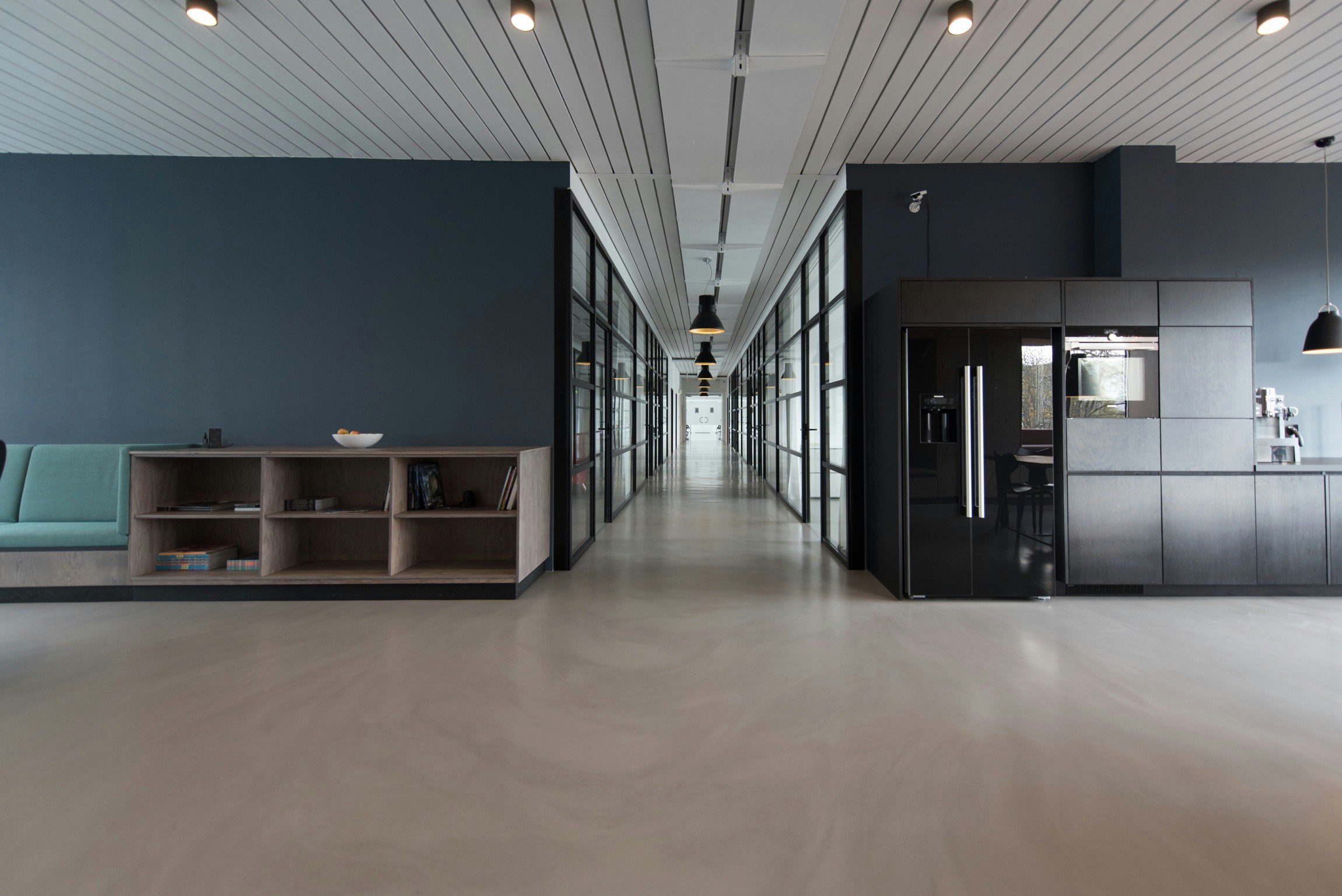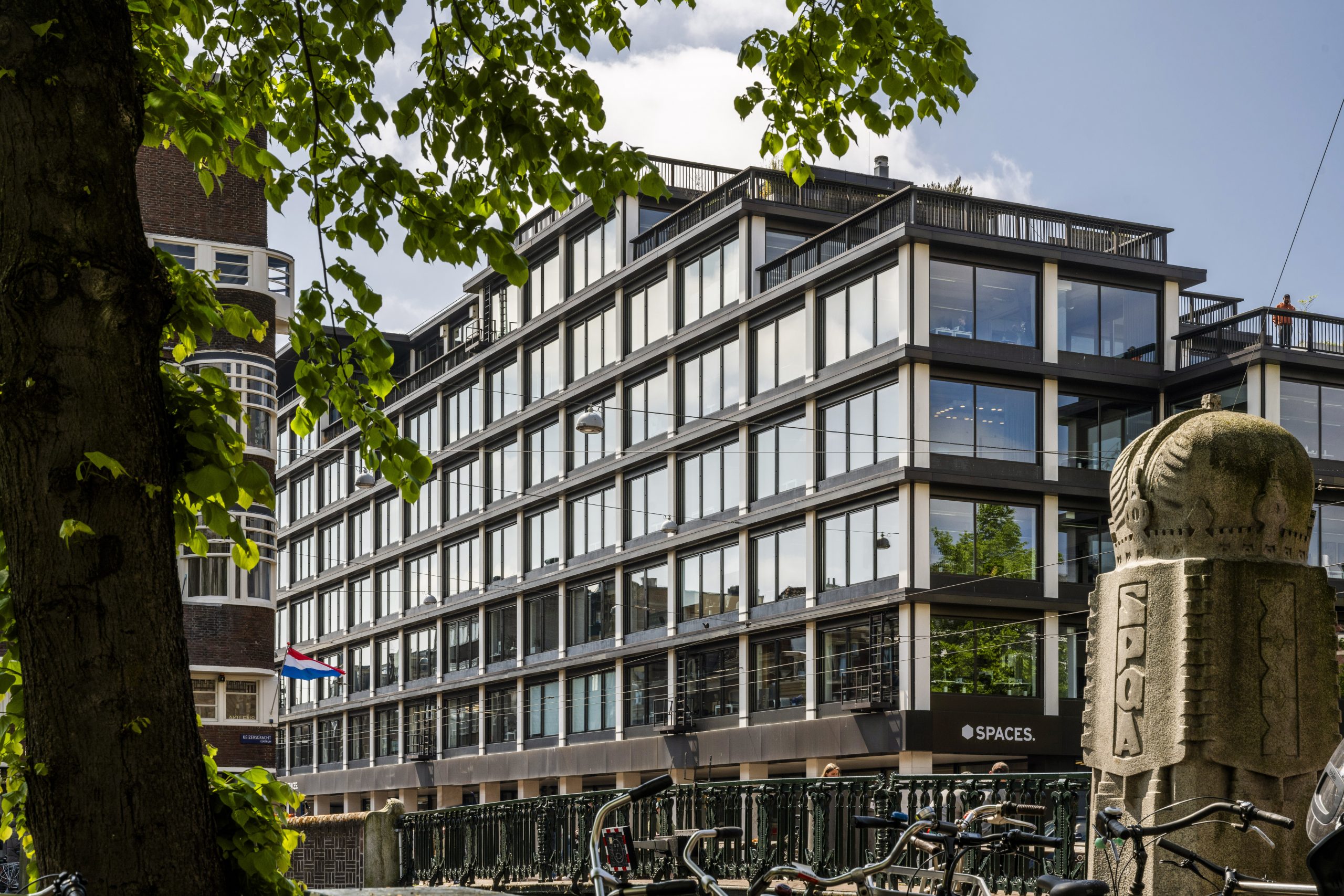CO₂ emissions measurably affect real estate values by up to ±4.7%
How does a building’s CO₂ emissions affect its market value? A new study by Wüest Partner provides reliable empirical evidence for the first time: Energy-efficient buildings achieve a value premium of up to 4.7 percent compared to the median, while emission-intensive properties have to book corresponding discounts. The study is based on an analysis of 766 transactions in apartment buildings in Berlin between 2022 and 2025. Both purely residential buildings and mixed-use properties were taken into account.
Energy demand calculations were carried out for all 766 properties and CO₂ emissions were simulated. In order to precisely determine their influence on the value of the property, other factors such as location, year of construction, condition, interest rate level and rent level were excluded. Only then did it become clear what difference CO₂ efficiency actually makes.
Too much CO₂ measurably lowers purchase prices
For each additional kilogram of CO₂ emissions per square meter and year, there is an average price reduction of around two euros per square meter. Based on the median purchase price of 2,672.85 euros per square metre, this means noticeable increases in value for efficient buildings and significant disadvantages for inefficient properties. “The trend is clear: CO₂ emissions are increasingly becoming a relevant determinant of real estate valuation,” explains Rüdiger Hornung FRICS, Managing Director and expert in real estate valuation & ESG at Wüest Partner.
The econometric model used for the study has an explanatory power of around 71 percent (R²). This makes it possible to map the price variations in the Berlin market to a large extent, which is an exceptionally high value for real estate economics studies. The development over time should also be highlighted: While the correlation between issues and purchase prices was hardly measurable in 2022 with a correlation coefficient of –0.08, it was already –0.36 in 2024. This dynamic illustrates that CO₂ emissions are increasingly being incorporated into the pricing of the real estate market.
Heterogeneous effects according to energy efficiency classes and years of construction
A differentiated view according to energy efficiency classes confirms this trend. Class A buildings achieve the highest prices with a median value of 4,250 euros per square metre, while the middle classes C to G show a striking homogeneity: their median values range between 2,100 and 2,900 euros per square metre. The picture at both ends of the scale is striking: even in the weakest efficiency class H, top prices of up to 14,000 euros per square metre can be achieved in individual cases – especially for historic old buildings in excellent locations whose architectural qualities overshadow the energy deficits.
Old buildings from the years 1900 to 1925 have comparatively homogeneous emissions of between 50 and 75 kilograms of CO₂ per square metre and year (m²a). New buildings from 2000 onwards, on the other hand, are usually less than 25 kg CO₂/m²a. Buildings from the period between 1950 and 2000 show a particularly high range of between 25 and 85 kilograms of CO₂/m²a. These differences can be explained by the partly comprehensive state of renovation, but also partly by considerable investment backlog within this segment.
Clear implications for investors and owners
“The results clearly show that CO₂ emissions have long since become a value driver in their own right,” emphasizes Dr. Michael Heigl, Director ESG & Sustainability at Wüest Partner. Energy efficiency not only secures ecological, but increasingly also economic advantages.” In view of rising energy costs, stricter legal requirements and the increasing ESG orientation of institutional and private investors, the pressure on inefficient portfolios is increasing. Conversely, the available data will finally prove the business case for an energy-efficient renovation of old stocks.
The complete study is available for download on
www.wuestpartner.com
.



